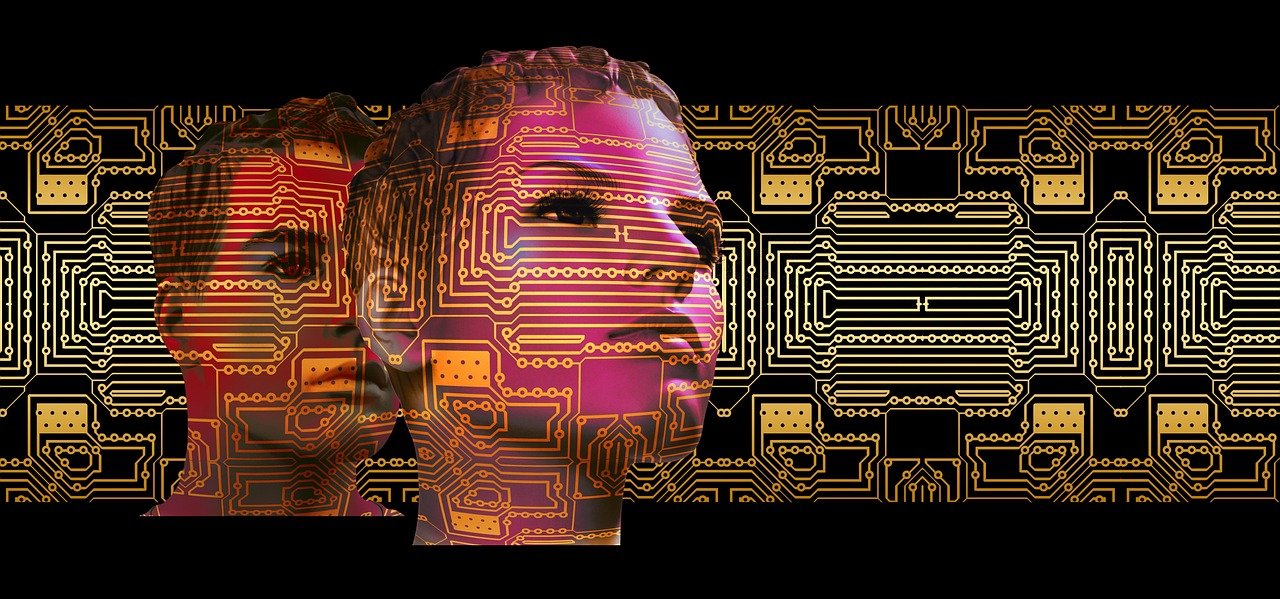“`html
The rapid advancement of artificial intelligence (AI) has reshaped numerous industries, revolutionizing how we interact with technology. At the core of this transformation lies AI frameworks, which serve as the foundational structures that facilitate the development and deployment of AI applications. Understanding these frameworks is essential for anyone looking to leverage the potential of AI, whether you are a developer, researcher, or business leader. In this blog post, we will explore various AI frameworks, their key features, and the numerous benefits they offer. We’ll also provide practical examples to illustrate their applications in real-world scenarios.
What is an AI Framework?
An AI framework is a software platform that comes equipped with tools and libraries designed to streamline the processes of building, training, and deploying AI models. These frameworks allow developers to focus on algorithm design and data processing, rather than getting bogged down in low-level details. Here are the primary components of an AI framework:
- Pre-built Libraries: Collections of reusable functions and models that save time.
- APIs: Interfaces that enable integration with other software components.
- Documentation: Guides and manuals to assist developers in using the framework efficiently.
Popular AI Frameworks
Several AI frameworks have gained prominence due to their versatility and performance. Here’s a closer look at some of the most popular ones:
1. TensorFlow
Developed by Google, TensorFlow is perhaps the most widely used AI framework. It excels in machine learning and deep learning functionalities.
- Features:
- Support for neural networks and large-scale machine learning.
- TensorFlow serves both for research and production purposes.
- Compatible with various programming languages, including Python and JavaScript.
- Use Cases:
- Image and object recognition.
- NLP (Natural Language Processing) applications.
- Time series forecasting.
2. PyTorch
PyTorch is gaining traction for its dynamic computation graph feature, allowing for greater flexibility in building models.
- Features:
- User-friendly syntax with Pythonic programming.
- Strong community support and extensive educational resources.
- Ideal for research and rapid prototyping.
- Use Cases:
- Real-time image and video processing.
- Reinforcement learning tasks.
- Generative models for content creation.
3. Keras
Built on top of TensorFlow, Keras is an API designed for simplifying deep learning tasks.
- Features:
- Simplicity and ease of use with a user-friendly interface.
- Modularity that allows for easy customization.
- Support for multiple backends.
- Use Cases:
- Easy experimentation with deep learning algorithms.
- Fast prototyping of neural networks.
4. Scikit-learn
Scikit-learn is a comprehensive library for classical machine learning algorithms.
- Features:
- Simplified model training for traditional algorithms.
- Built-in utilities for data preprocessing and model evaluation.
- Well-documented with a plethora of practical examples.
- Use Cases:
- Customer segmentation and clustering.
- Predictive modeling with regression algorithms.
The Benefits of Using AI Frameworks
Implementing AI frameworks in projects provides numerous advantages:
- Accelerated Development: Pre-built components reduce the time needed to design algorithms from scratch.
- Enhanced Collaboration: Well-defined APIs and documentation foster teamwork and ease onboarding of new developers.
- Scalability: Many frameworks are designed to easily scale applications, allowing for better resource management.
Choosing the Right AI Framework
Selecting the appropriate AI framework can significantly impact your project’s success. Here are steps to guide you in making your choice:
- Identify Your Needs: Determine the specific tasks and goals you aim to accomplish (e.g., NLP, image processing).
- Evaluate Community Support: A strong community can provide valuable help and resources.
- Consider Performance and Scalability: Assess whether the framework can handle your data size and complexity.
- Test for Usability: Explore frameworks with easy-to-use documentation and interfaces.
Conclusion
AI frameworks are vital elements in the journey of developing efficient and robust AI applications. With powerful tools like TensorFlow, PyTorch, Keras, and Scikit-learn, developers are equipped to tackle complex challenges in machine learning and deep learning. By understanding the strengths and applications of these frameworks, businesses and researchers can harness the full potential of AI technologies to drive innovation and achieve their objectives. As AI continues to evolve, selecting the right framework will be crucial in paving the way to successful AI implementations.
“`




